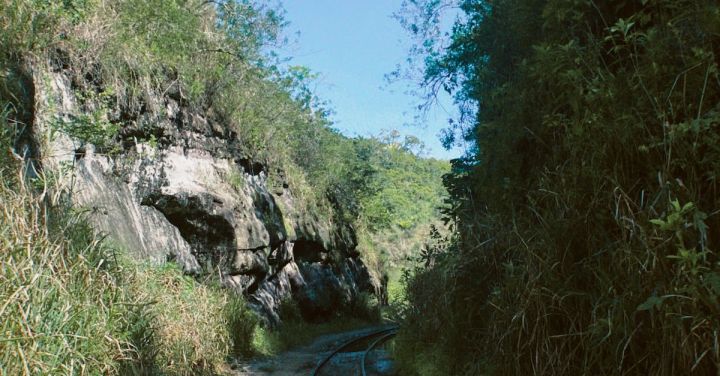Railway tracks have come a long way since their humble beginnings in the early 19th century. From simple wooden rails to sophisticated modern steel tracks, the evolution of railway tracks has been a fascinating journey of innovation and engineering.
In the early days of rail travel, wooden rails were the norm. These primitive tracks consisted of wooden sleepers laid in parallel lines, with iron straps or plates fastened to the top to provide stability and support. While effective for the light locomotives and carriages of the time, wooden tracks were prone to rotting and decay, requiring frequent maintenance and replacement.
As rail travel gained popularity, the need for more durable tracks became evident. This led to the introduction of wrought iron rails in the mid-19th century. Wrought iron tracks offered greater strength and durability compared to wood, providing a more stable and reliable foundation for trains to run on. However, they were still susceptible to corrosion, limiting their lifespan and requiring regular maintenance.
The next significant advancement in railway track technology came with the introduction of steel rails in the late 19th century. Steel tracks revolutionized the industry, offering unparalleled strength, durability, and resistance to corrosion. The use of steel allowed for longer rail sections, reducing the number of joints and improving the overall smoothness of the track. This, in turn, resulted in a more comfortable and efficient ride for passengers and a more efficient transportation system for goods.
With the advent of steel tracks, railways began to expand rapidly around the world. The construction of longer and faster trains necessitated the development of new track designs to accommodate the increased weight and speed. This led to the introduction of reinforced concrete tracks, which offered even greater strength and stability. Reinforced concrete tracks consist of a concrete slab reinforced with steel bars, providing a solid foundation for heavy trains and reducing the need for regular maintenance.
In recent years, the focus has shifted towards further enhancing the performance and sustainability of railway tracks. One notable development is the use of composite materials in track construction. Composite tracks combine the strength of steel with the lightweight and corrosion-resistant properties of fiberglass or carbon fiber. These tracks offer improved durability, reduced maintenance requirements, and increased energy efficiency.
Another significant advancement is the integration of technology into railway tracks. Intelligent track systems, equipped with sensors and monitoring devices, can detect signs of wear and tear, identify potential faults, and provide real-time data for maintenance purposes. This proactive approach to track maintenance helps prevent accidents and ensures the smooth operation of the railway network.
In conclusion, the evolution of railway tracks has been a remarkable journey of innovation and progress. From simple wooden rails to advanced composite materials and intelligent track systems, each step has brought us closer to safer, more efficient, and sustainable rail travel. As technology continues to advance, we can only imagine what the future holds for the ever-evolving world of railway tracks.
